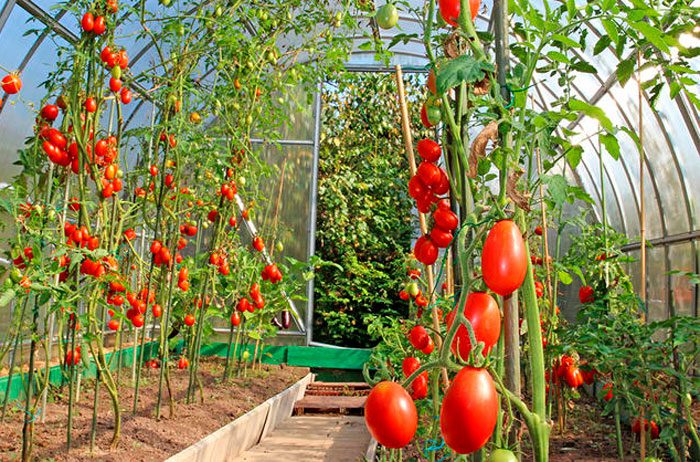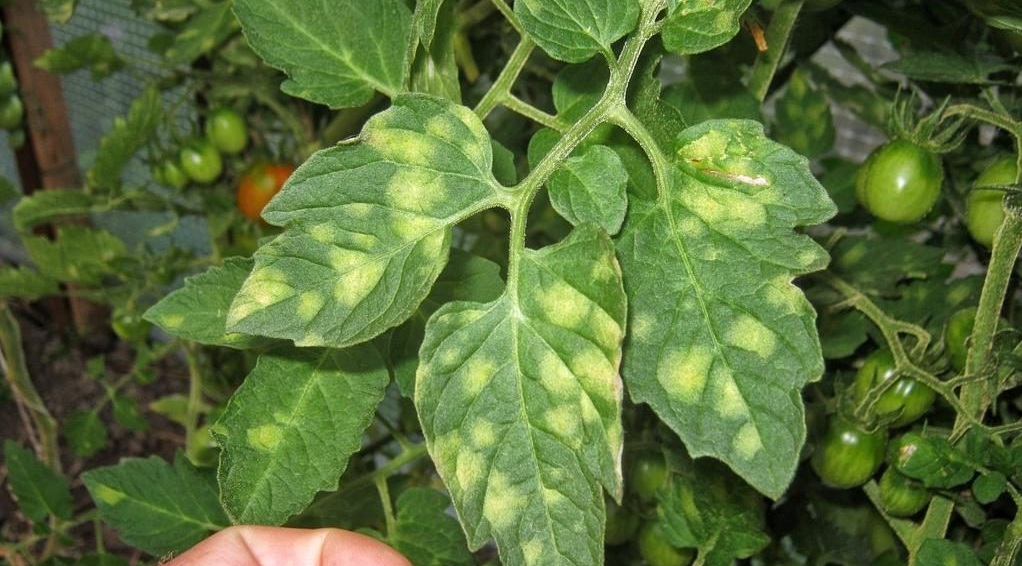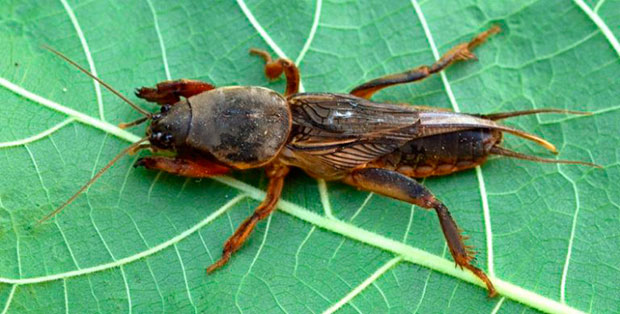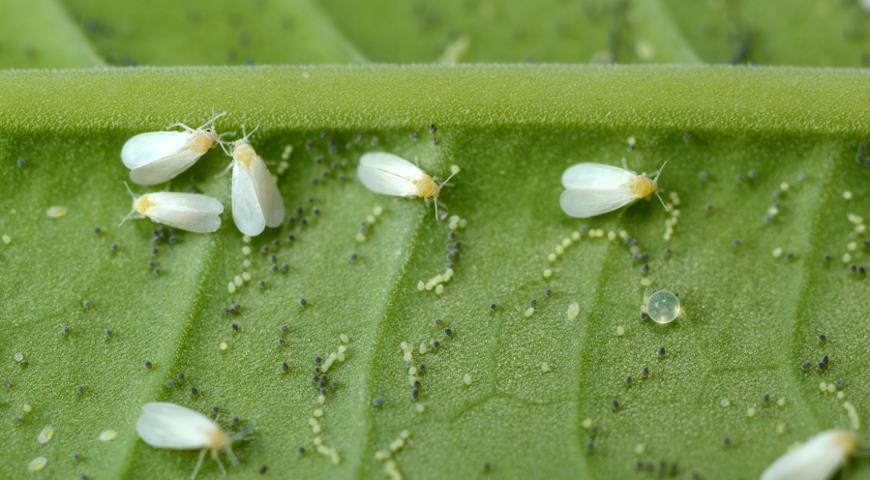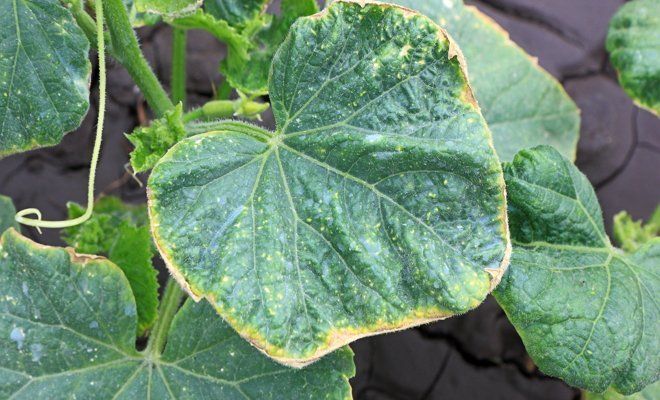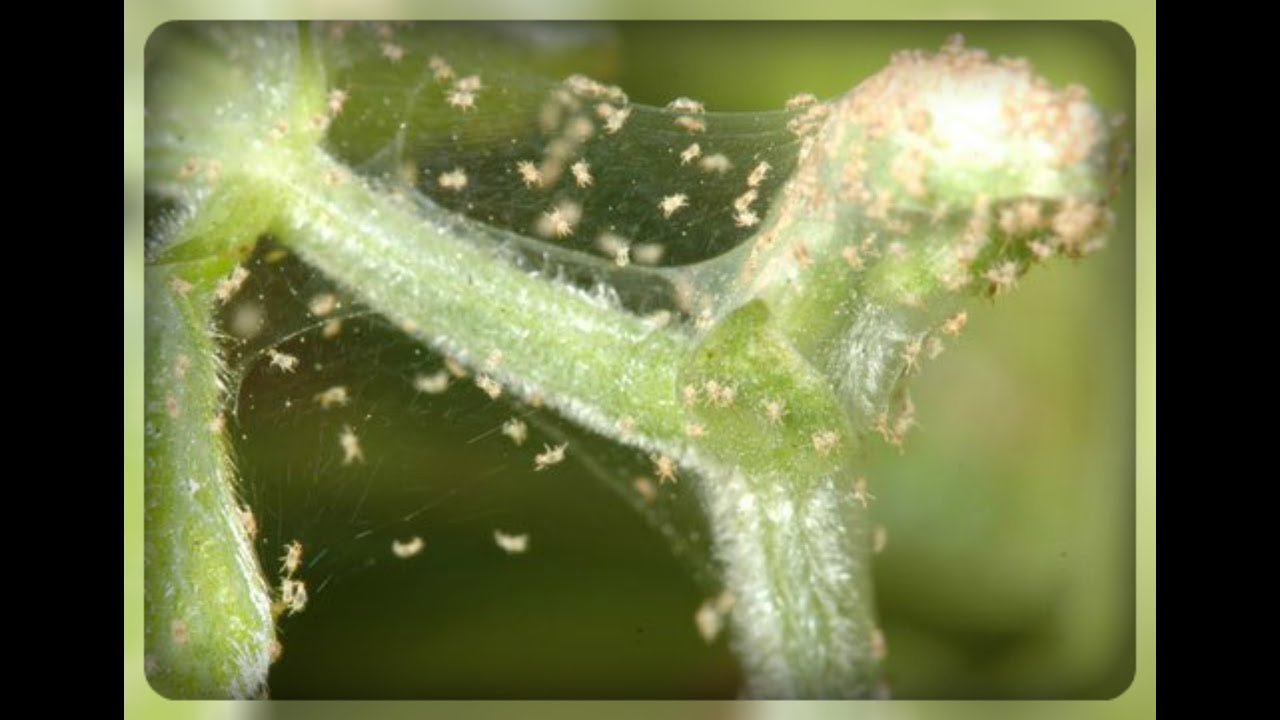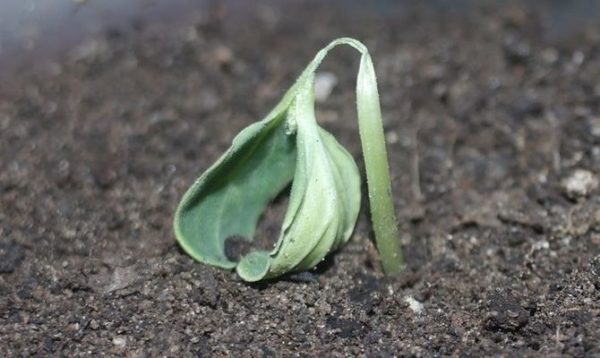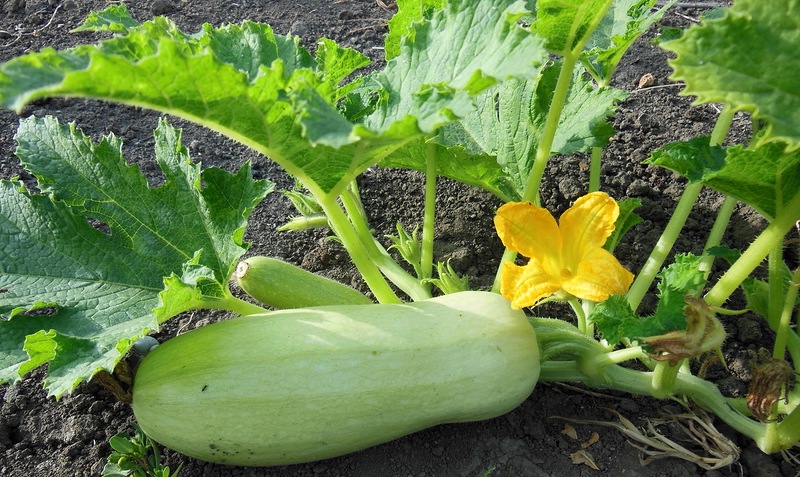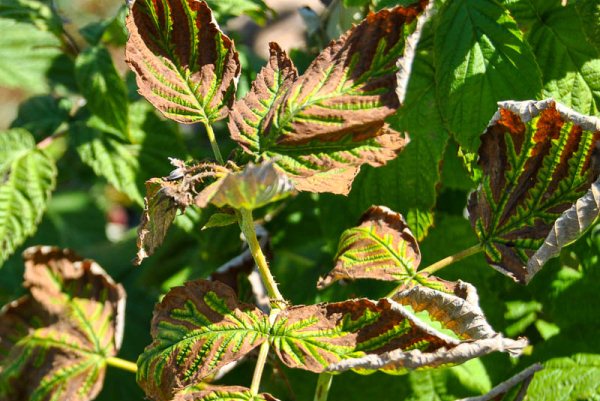Content:
The greenhouse has long become a familiar attribute of most summer cottages and vegetable gardens. With the help of such facilities, it is possible to maintain the required temperature even in the autumn-winter period, which will help to get an early harvest, as well as grow almost any varieties of tomatoes. In addition, the greenhouse will help summer residents protect their plants from strong wind, hail, rain, which is a big plus. However, diseases of tomatoes in a greenhouse are no less common, and sometimes even more often than those that grow in open soil, and there are a lot of reasons for this. These reasons, ways to prevent diseases, treatment and much more are described in this article.
Basic information about culture
Tomato is a vegetable loved by most people, which is used as an independent dish, in salads and even desserts. The thing is that for a long time people could not decide whether a tomato is a fruit or a vegetable. From a botanical point of view, tomato is a berry, but back in 1893, the US Supreme Court ruled that tomato is a vegetable, as it is most often consumed with main dishes, not with desserts. There are discussions on this topic to this day, but it is not so important.
Tomato itself is very useful due to the presence of a large amount of vitamins, minerals, antioxidants, and other biologically active substances. In the complex, tomato substances benefit the entire human body, from the digestive system to the organs of vision.
You can eat tomatoes in a variety of ways: boiled, fried, pickled, canned. Separately, it is worth highlighting dried tomatoes, which are the richest in lycopene and other useful substances.
There are many varieties of tomatoes. They are characterized by different criteria, such as:
- ripening time (late, early, mid-season);
- method of consumption (canteens, for juice, for preservation);
- by the type of growth of the bush (indeterminate, deterministic).
Diseases of tomatoes in greenhouses
As noted earlier, diseases of tomatoes in the greenhouse are sometimes more common than those grown in the open field. The reason for this is various bacteria that infect plants, mainly through the soil. Do not forget about the pests of tomatoes in the greenhouse, they can cause significant damage to plants and even destroy or spoil the entire crop.
The main ailments of plants and their causes:
- Late blight is the most common disease of tomatoes, which is most often found in greenhouses. This disease is of fungal origin. It is very dangerous, as it affects not only the leaves of the plant, but also the flowers. Late blight can be determined by the formation of brown spots on the stems, leaves, or directly under the skin of the fruit.
- Top rot of tomatoes. It is formed from an excess of nitrogen, calcium, as well as a lack of moisture in the greenhouse.It is also a common disease, which is very difficult to predict, since rot appears on already formed tomatoes. It is easy to identify top rot - it appears as dark spots that can be either watery or dry, with a characteristic rotten smell. If you do not get rid of such an ailment in time, then the green fruits will not blush, but rot.
- Mosaic. A viral disease manifested by deformation of the leaves, as well as the appearance of a mosaic-spotted pattern on them. Due to this virus, tomato bushes simply dry out, stopping to bear fruit.
- Brown rot. The peculiarity of this fungal disease is that only the fruits are affected, and the plant itself can remain intact. Brown rot appears in the form of a spot in the region of the stalk, which subsequently gradually penetrates into the tomato.
- Yellow leaves. With this disease, the leaves wither and fall off, stopping the growth of the plant and dying.
The main pests of tomatoes in greenhouses
There are a large number of tomato pests, but the following are most common in greenhouses:
- Scoops, they are also caterpillars of moths. This type of pest reaches a length of 3 to 4 centimeters and has a gray or black color. Scoops actively eat the stem of the plant, which over time prevents the intake of nutrients and leads to the death of the bush.
- Wireworm. It is a caterpillar that hatches from the larvae of the click beetle. Like scoops, wireworms love to eat up the stem, but that's not all. The wireworm gradually destroys the root system, which affects the plant in the worst way.
- Medvedka. This pest loves moisture, so it is most often found near water bodies, as well as in well-fertilized soil. In length, the bear grows up to 8 centimeters, so it is very easy to notice it. At a time, this type of pest can lay more than three hundred eggs, so you need to fight it very quickly.
- Whitefly is the most common pest in greenhouses. It is a very small white insect. Whitefly sticks to the leaves of the plant, gradually sucking the juice out of them. As a result, the leaves are covered with black bloom and wither.
It is best to diagnose diseases of tomatoes or tomato seedlings in greenhouses by external signs. It is not so difficult to see yellowing or drying of leaves, as well as the appearance of pests in greenhouses, it is enough just to carefully monitor the plants. The sooner the summer resident detects a plant ailment, the easier it will be to treat it.
Treating tomato diseases and pest control
Almost all tomato diseases in polycarbonate greenhouses are curable, only the correct and timely approach to treatment is important.
Treatment of most ailments is similar in its principle - it is spraying the bushes with chemicals, fertilizing, removing the affected areas, and much more. But despite this, there are many features of the treatment, which will be discussed below:
- At the first signs of late blight, it is necessary to immediately spray the plants with Oxychoma solution, as well as a ten percent salt solution. After that, it is recommended to use a solution of copper oxychloride or polychlorine for spraying. Spraying should be carried out every two weeks until complete recovery.
- The mosaic must be identified at the early stages of development, since it is almost impossible to combat it in advanced cases. Best of all, in this case, a complete transplant of the bushes to another place helps, with the replacement of the topsoil (10 - 15 centimeters). If the disease has affected a small number of plants, then you can simply remove diseased tomatoes, and sprinkle healthy ones with a ten percent solution of serum, and then fertilize.
- To stop the spread of the top rot of tomatoes, it is necessary to carry out regular watering, and destroy the affected fruits. Healthy plants need to be treated with calcium nitrate, at the rate of 1 tablespoon per bucket of water.
- Root rot of tomatoes, unfortunately, is incurable. To avoid spreading the disease to other plants, diseased bushes and the soil around them must be completely removed. Watering in this case must be reduced, since this disease is fungal and loves moisture very much. The soil must be disinfected with a solution of copper sulfate (3 grams per 10 liters of water).
A little about pest control
It is very difficult to avoid the appearance of pests in greenhouses, so it is worth knowing the peculiarities of the fight against each of them and preventing their reproduction in the early stages. Like treatment, pest control has certain characteristics for each of the species:
- To combat the bear, it is better to use such chemicals: Medvetox, Grizzly, Fenaxin Plus and Thunder. In addition, you need to regularly loosen the soil between the rows of bushes, thus, destroying the clutch of bear eggs. Also, along the perimeter of the site, many summer residents plant marigolds, which creates a kind of curb.
- The wireworm can be in the soil even before planting the seedlings, so you need to bury the pieces of potatoes and carrots there in advance, thus luring the wireworm. After 3 days, everything buried is dug up and burned.
- Special attention should be paid to the fight against the scoop, since it quickly eats up the leaves of plants, and it is not difficult to destroy it. To do this, it is recommended to spray the leaves with a tincture of garlic or burdock leaves. The scoop is also scared off by the smell of calendula, so planting calendula between the rows will not be superfluous.
- The whitefly covers the plants with a sticky mass, which prevents the leaves from breathing, so they must be washed with soapy water. In most cases, this is sufficient. To combat the whitefly, dandelion infusion is also often used, as well as special adhesive tapes.
Prevention of diseases of tomato seedlings in a greenhouse
There are many ways to prevent plant diseases and repel pests.
To prevent the appearance and development of late blight and other fungal diseases of tomatoes, starting from the first week after planting, it is recommended to treat the bushes with a solution of milk and water. You need very little milk just to whiten the water. It is recommended to do this spraying weekly.
Another effective way of preventing tomato disease and scaring away pests from them is spraying plants with garlic infusion. To prepare it, you will need 1 kg of garlic per 10 liters of water, as well as a little onion husk. Chop the garlic, mix with onion husks, add water and expose for 5 days in the sun. After that, the infusion is filtered and the tomatoes are processed. This procedure is recommended to be carried out monthly.
For the prevention of the appearance of pests and diseases, a number of agrotechnical methods are also recommended:
- timely soil enrichment with organic fertilizers;
- periodic loosening of the soil;
- greenhouse settlement of frogs, lizards, birds and other pest hunters;
- the implementation of crop rotation in certain areas.
In conclusion, it is worth noting that growing tomatoes in a greenhouse is quite simple. It is enough just to remember the simple rules of growing and combating plant diseases, as well as to observe a number of preventive measures.
